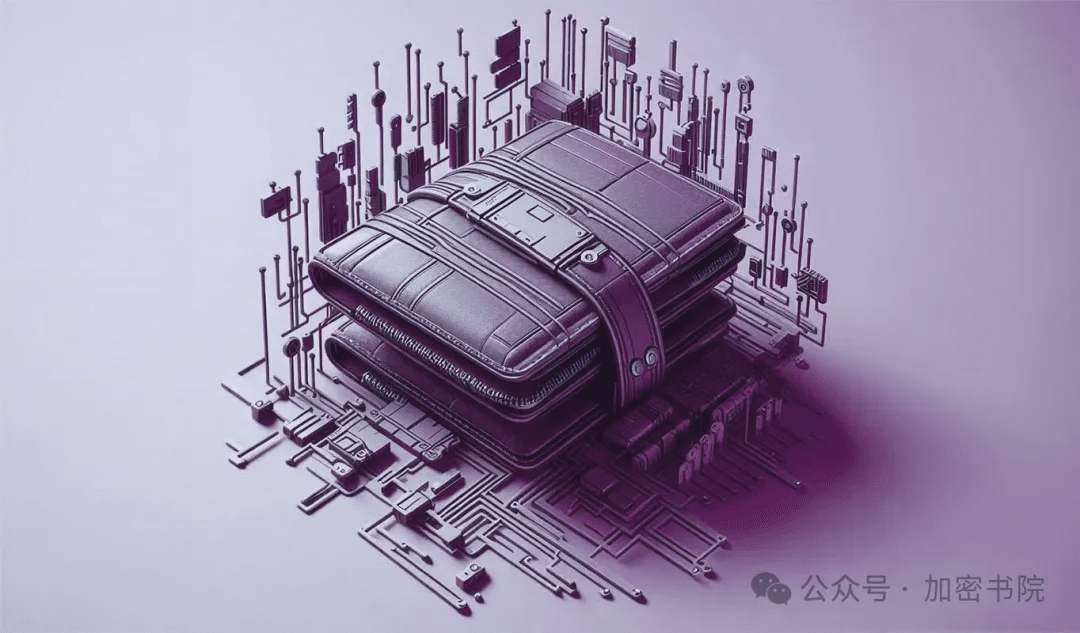
In 2025, one of the features of Web3 is the explosion of blockchains, each with unique advantages and ecosystems. This might look good in theory, but such a degree of fragmentation creates significant resistance for users. Multiple wallets, bridge transfers, and gas tokens disrupt what should be a smooth user experience.
There is a solution. Chain abstraction provides a way to transform crypto wallets into seamless universal gateways, hiding all the complexities of the underlying blockchains. Ultimately, we will move towards a unified wallet interface, creating a clean, blockchain-agnostic user experience (where users can view all currencies across all blockchains at any time). This approach will promote the concept of 'hiding complex blockchain activities,' guiding us towards a whole new user experience that allows users to focus on applications and their actual benefits.
Interoperability is a key component
In a multi-chain environment, users need to manage a variety of different technologies to keep the engine running smoothly. They must switch between Layer 1 (Ethereum, Solana, etc.) and Layer 2 (e.g., Polygon, Arbitrum) blockchains, independent wallets, remote procedure calls (a way to initiate operations on external networks), and different cryptocurrency assets. To fully experience the depth of Web3 requires much thought, which might explain why few people can really dive into it.
This inherent fragmentation also leads to expensive bridging fees, long wait times, price slippage, and liquidity fragmentation. All these issues become more complex due to the need for double-bridging funds and managing gas fees across two chains to complete end-to-end transactions.
The issue of liquidity fragmentation is particularly concerning, as it exacerbates the economic inefficiencies for users and protocols. If liquidity is too dispersed, trading efficiency, lending, and market functions will be directly affected. Fortunately, this means that the success of chain abstraction can not only significantly enhance user experience but also improve the capital efficiency and market depth of the entire ecosystem. This is a win-win for all participants.
Simpler cross-chain interaction
The success of chain abstraction is not a foregone conclusion. To fully realize its potential and eliminate multi-chain complexity, builders have much work to do. They need to design a unified wallet interface, ensure smooth cross-chain transaction routing without user intervention (atomic swaps vs. manual bridging), integrate shared identity and authentication layers (DID and VC), and address the cross-chain gas abstraction problem. Achieving all this will allow users to interact pleasantly with any chain in any application using a single identity and interface. The race has begun.
A seamless Web3 experience sounds ideal, and some projects have already addressed parts of the problem. However, a complete solution has yet to emerge and achieve widespread adoption. Despite the barriers, builders must continue to break the mold, as users remain hopeful for the future of Web3.
The role of crypto wallets in advanced DeFi and the metaverse
Chain abstraction addresses fragmentation issues, allowing users to streamline their toolkit into a single software. The question is whether their wallets can deliver all the other functionalities they expect. Crypto wallets are forced to adapt quickly, especially since they are likely to become the central hub and smart unified gateway between people and the decentralized world of Web3. They already have a solid foundation of trust, users, and advanced security.
This mandatory transformation requires a leap in user experience, providing more powerful features and more intuitive interactions for users of all technical levels. The DeFi space particularly exemplifies this, where wallets must become the command center for complex financial strategies.
With the rise of blockchain agnosticism, the maturity of strategic decision-making will accelerate, giving rise to compelling new multi-step decisions. Imagine users providing liquidity on a Solana-based DEX and using the resulting liquidity tokens to lend on an Ethereum-based lending protocol, all done within a single interface. This is just a small vision; advanced traders will plan strategies far ahead.
The metaverse is another area benefiting from chain abstraction wallets, which can serve as a passport for exploration. In theory, virtual land, virtual avatars, and digital items could all exist in the same wallet to verify your identity, confirm asset ownership, and support trustless transactions. In the future, the same virtual avatars, identities, and funds should be able to interoperate across all metaverses without exchange.
Finally, the navigator of the decentralized network
Due to the clear demands of wallet builders, optimists believe that the future of multi-chain is moving from a distant concept to reality. Chain abstraction, interoperability, and a unified interface will be at the core of this development, fulfilling the promise of easy interaction and true decentralized freedom in the future.
It is astonishing that unassuming crypto wallets have come this far. They were once merely a passive vault for storing, sending, and receiving funds, but now they carry a new mission of becoming the hub for everything.

